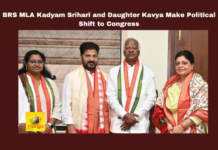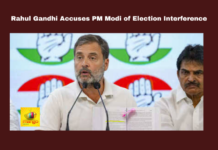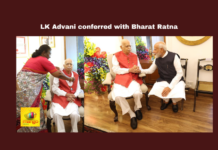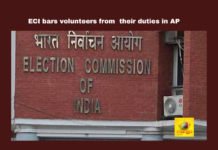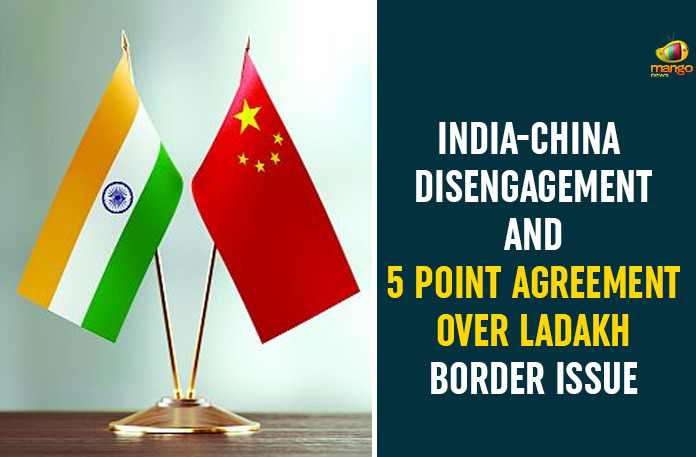On the 11th of September, Jaishankar Prasad, the External Affairs Minister of Indian and Chinese counterpart Wang Yi conducted meeting over the Ladakh Line Act Control (LAC) India-China border issue.
During the meeting, officials of Indian and Chinese governments discussed comprehensive disengagement from all friction points in Ladakh.
A senior government official said, “The immediate task is to ensure a comprehensive disengagement of troops in all friction areas so that there are no untoward incidents in future. The final disposition of the troop deployment to their permanent posts and the phasing of the process is to be worked out by military commanders on the ground. That de-escalation should follow comprehensive disengagement was agreed to by State Councillor Wang Yi.”
Mr. Jaishankar held a detailed discussion with Wang Yi over the matter. He also raised questions about the immense build up by the People’s Liberation Army (PLA) in occupied Aksai Chin.
According to sources, currently, the PLA has deployed more than 50,000 men, 150 aircraft, tanks and missiles to pressurize Indian Army on the LAC.
Today’s meeting was a second meeting between the EAM of India and Chinese counterpart.
The first one was held on the 10th of September, in Moscow.
During the two and half hour long meeting, India raised its concern over the China-India border since June 15th.
The Chinese troop on the 15th of June opened fire at Indian troops abiding agreements of 1993 and 1996, creating disturbance between India and China amid the pandemic crisis due to the Novel Coronavirus.
The Chinese side has not provided a credible explanation for this deployment.
However, after several meetings, India-China ministers reached an agreement on five points, which would help to resolve the current situation.
According to authoritative government sources, Jaishankar made it very clear to councillor Wang Yi, positive bilateral ties in the past two decades were due to peace on the border and the PLA build-up had a direct implication on the relationship between two countries. The government official said, “Jaishankar put across to Wang that good things in bilateral relations were due to peaceful borders, just as the relations will deteriorate if the borders are not quiet,” said a senior official.
Although state councillor Wang could not explain the sudden PLA build-up in the area in contravention with the 1993-96 agreement, he only talked about thinning of troops in the depth areas.
“The five-point joint statement are the issues on which the two sides agreed for disengagement on the border. The statement issued by the Chinese foreign ministry is their perception of the dialogue which was not agreed to by the Indian side. EAM Jaishankar said that the two sides should abide by the past agreements and protocols to make the border peaceful,” said an official from Moscow.
However, EAM Jaishankar was candid enough to tell his Chinese counterpart that there was no point of thinning troops in the depth areas when the front-line troops are at each other’s throats. The two ministers will now go back to the respective political leadership to get directions issued that comprehensive disengagement from all friction points will be the first step towards restoring peace to the border. “Given the upgrade of Chinese infrastructure in border areas as compared to India, the mutual disengagement is a must before thinning in-depth or else the PLA will occupy dominant heights on Line of Actual Control (LAC) faster than Indian Army,” said an official.
Stay tuned for further updates.







